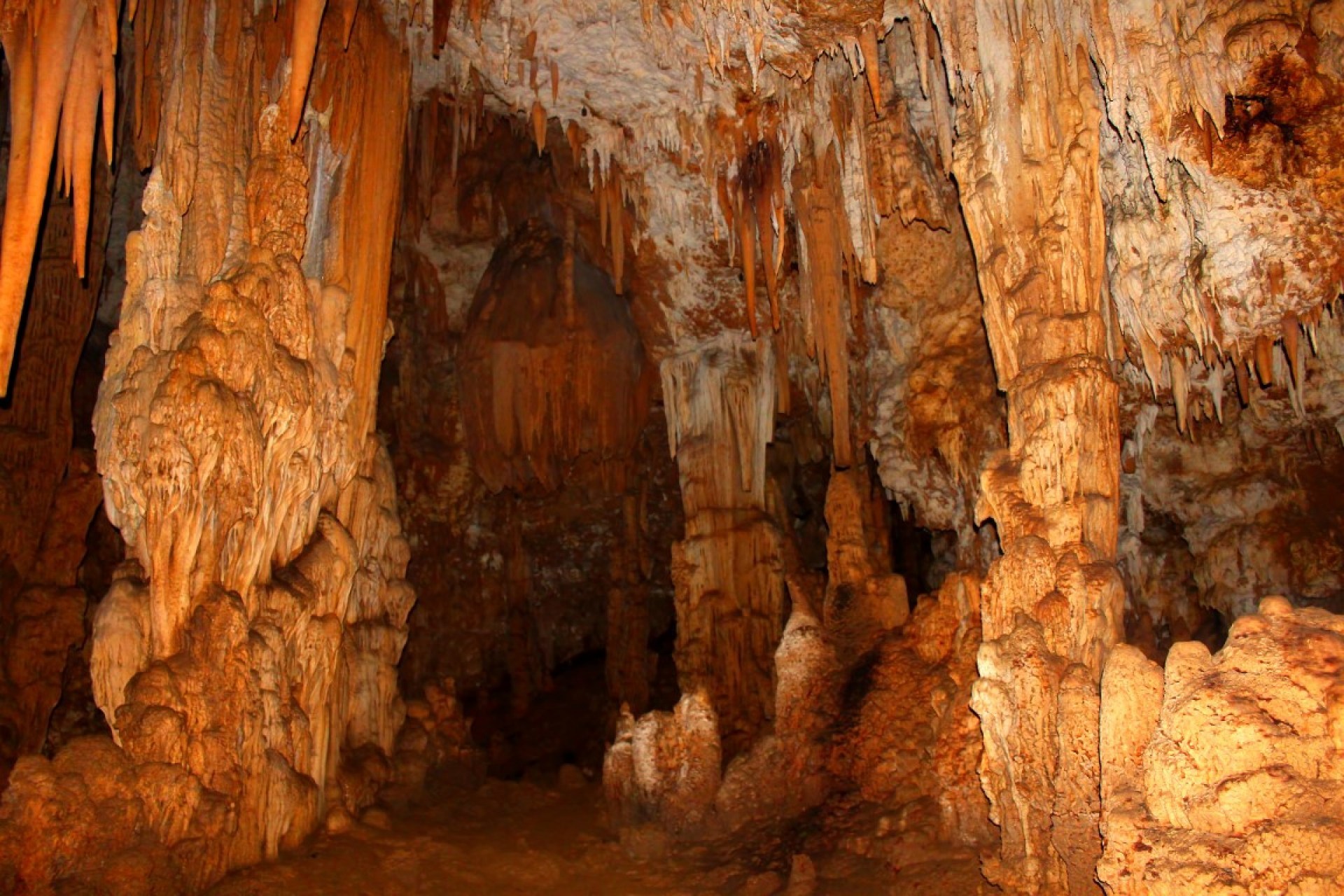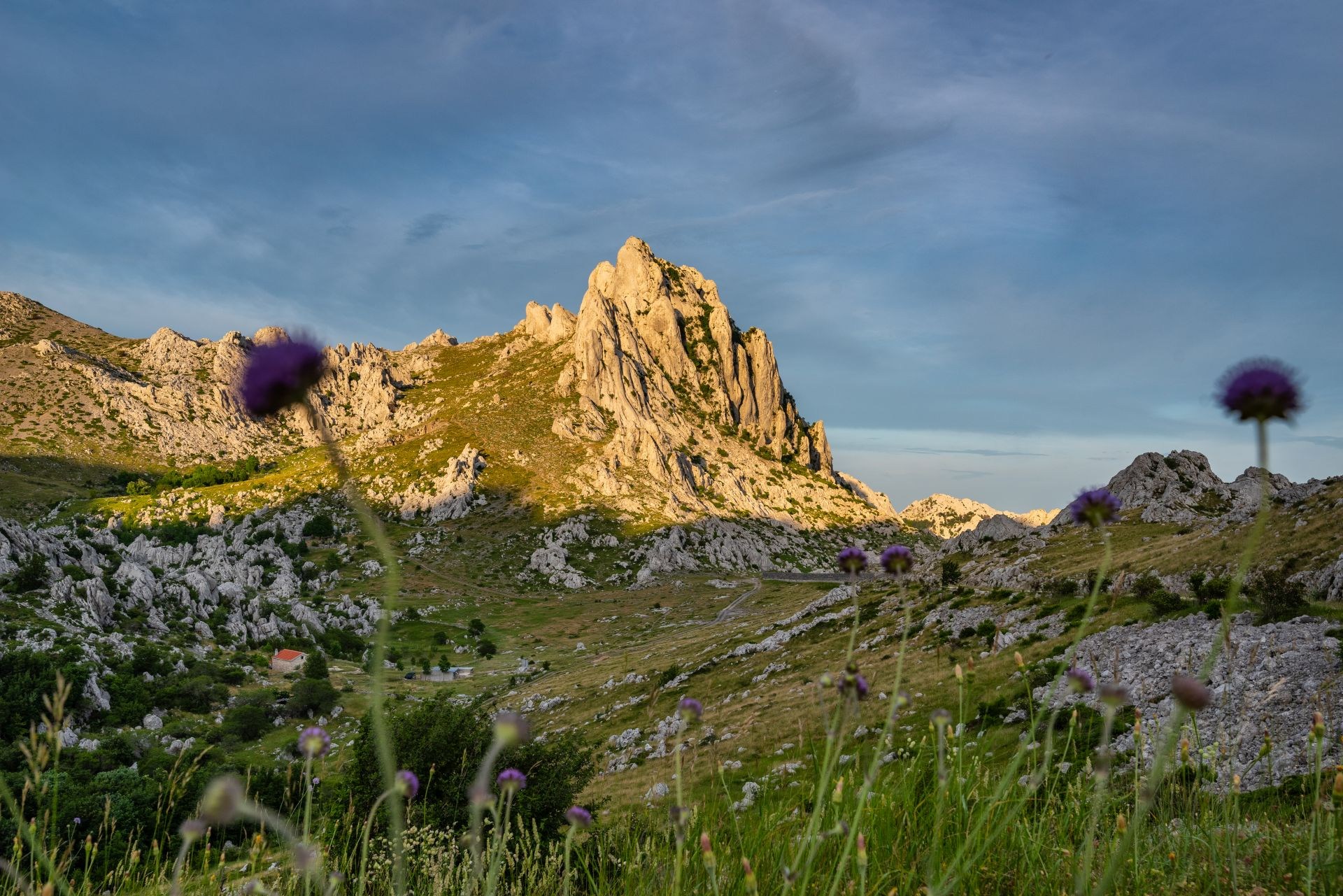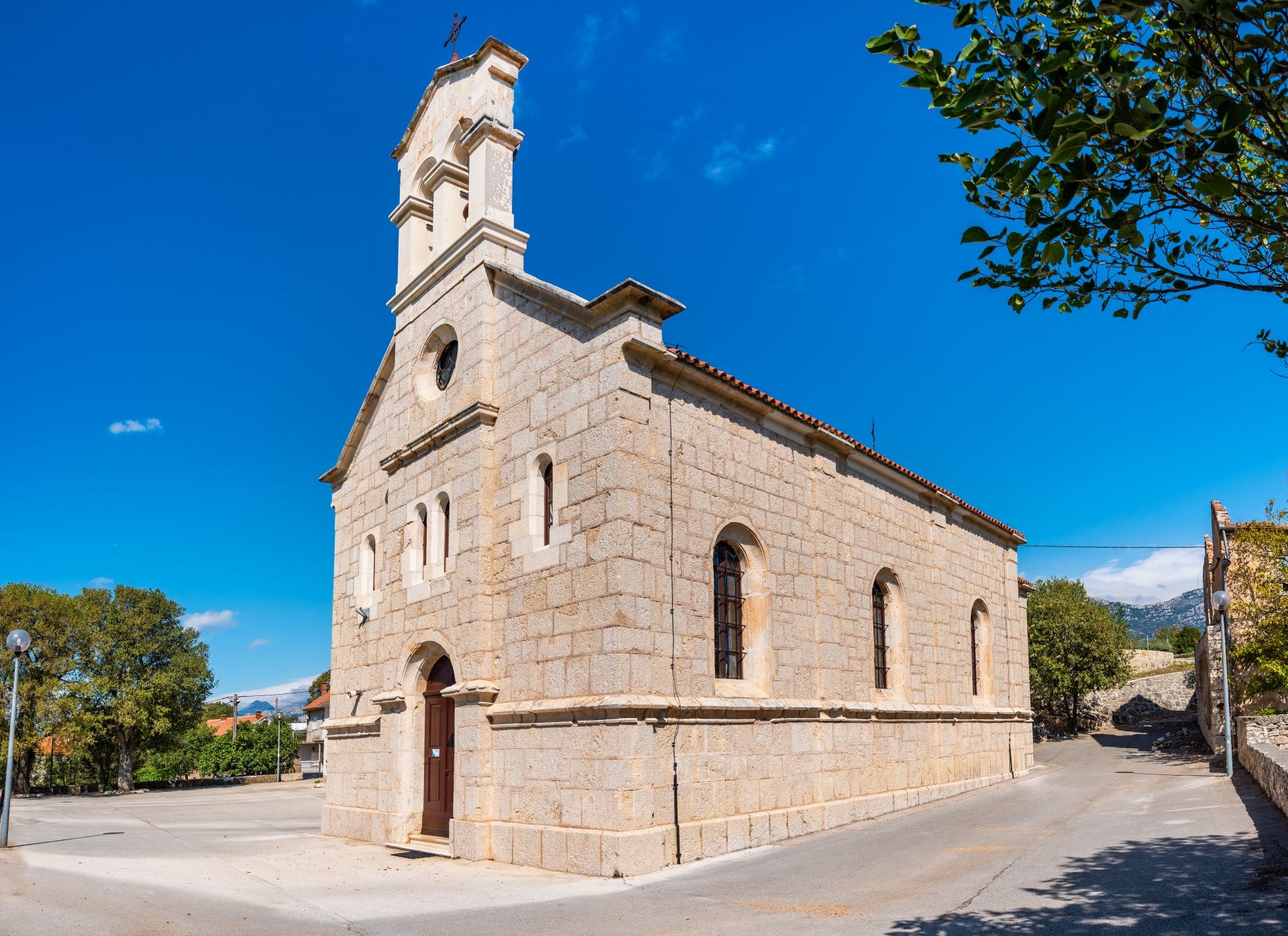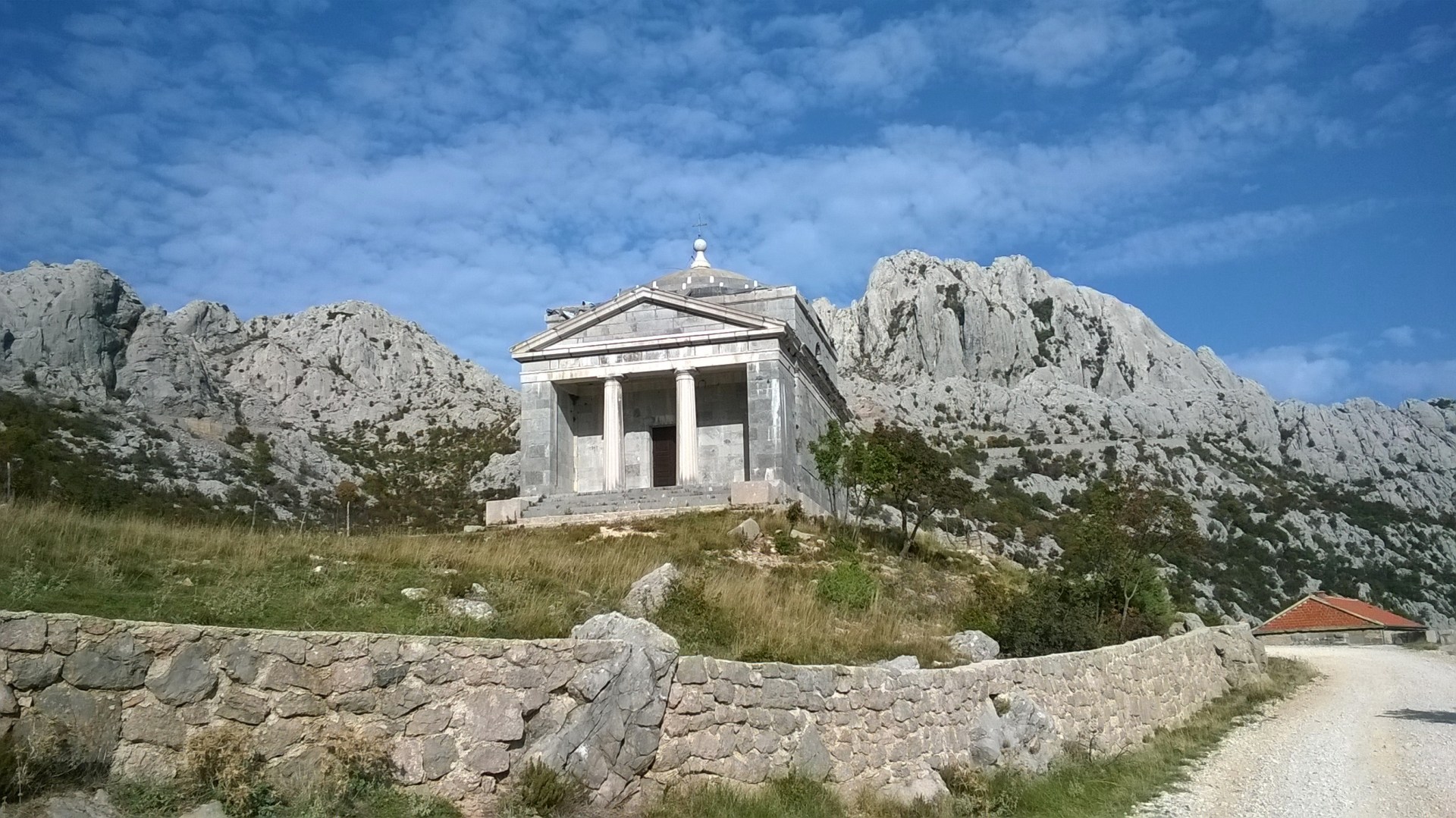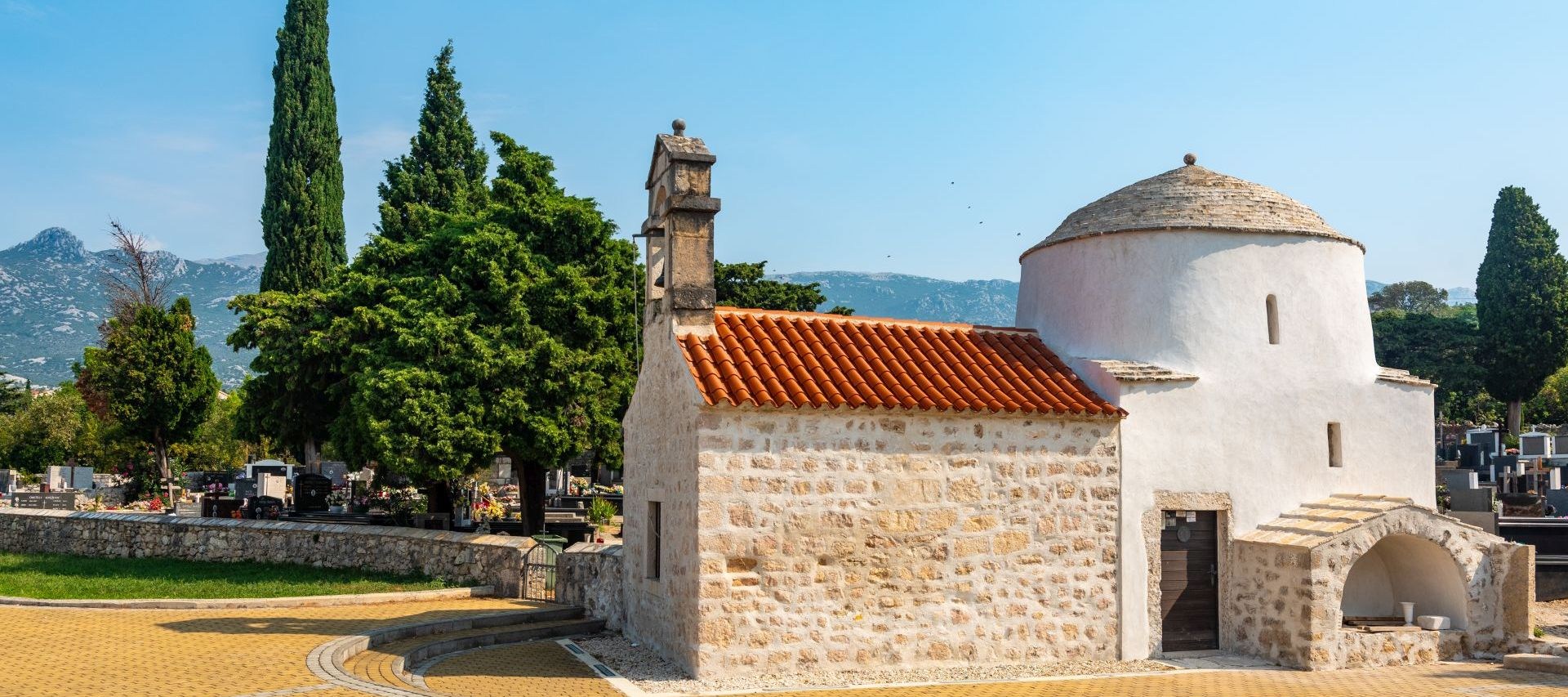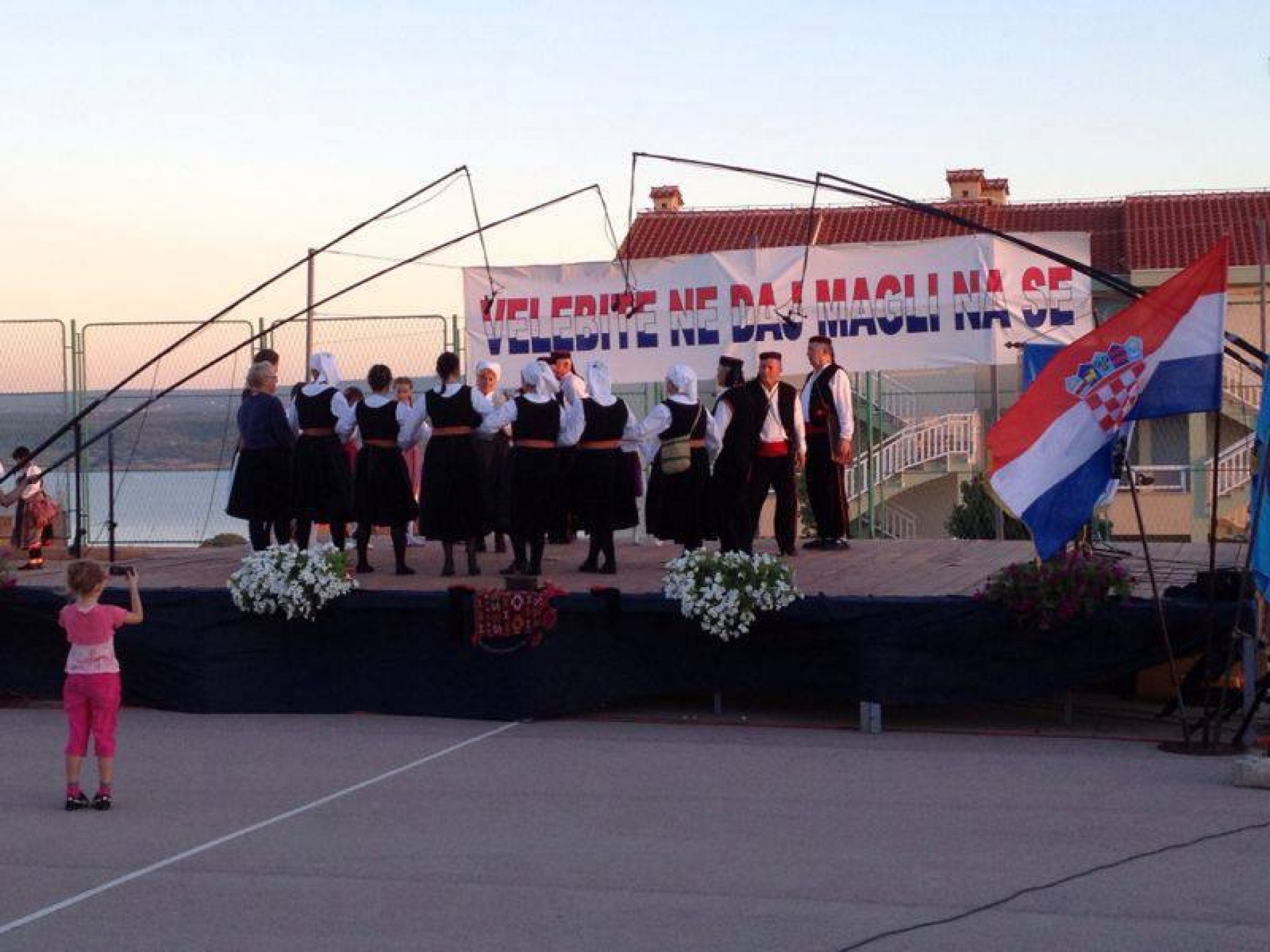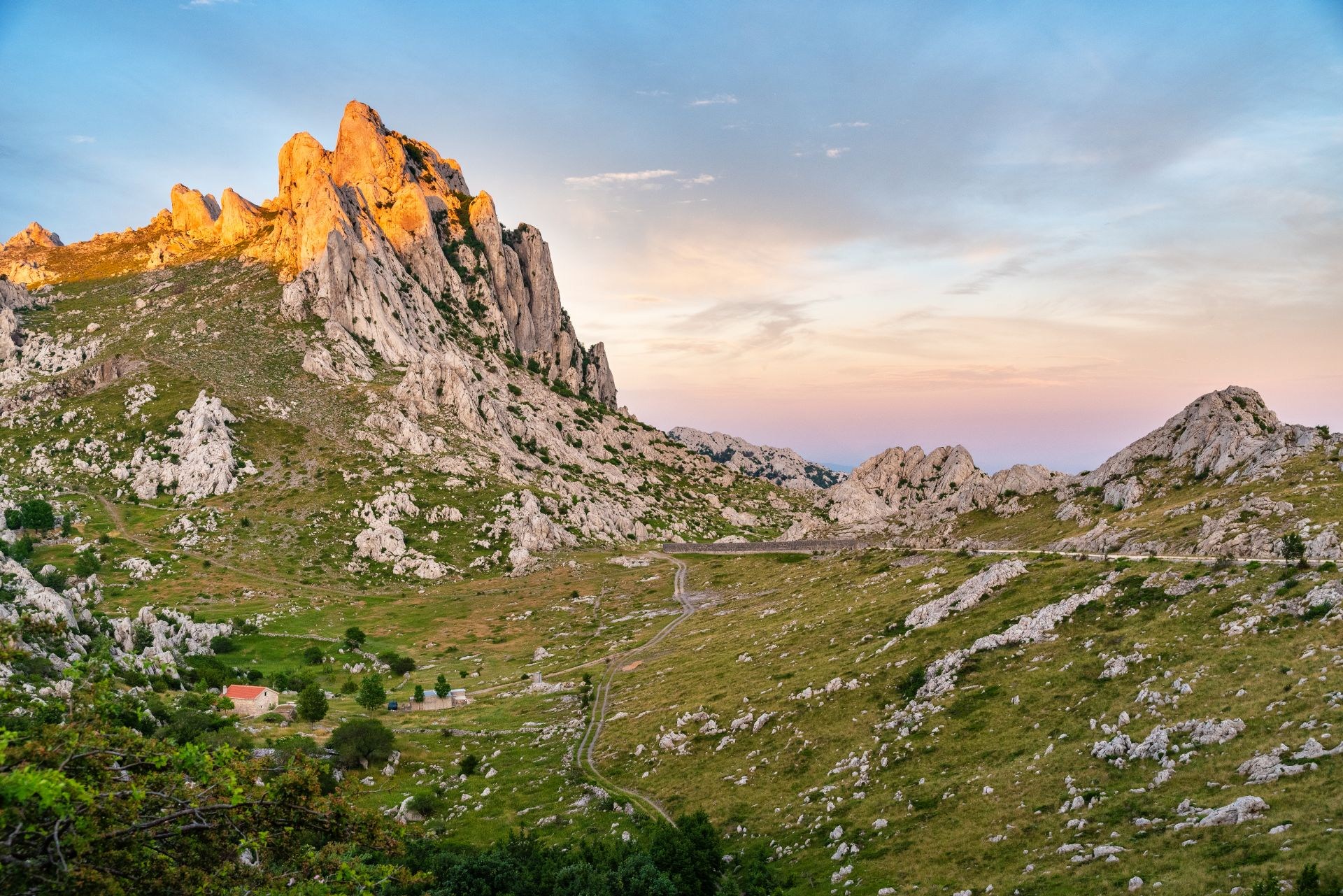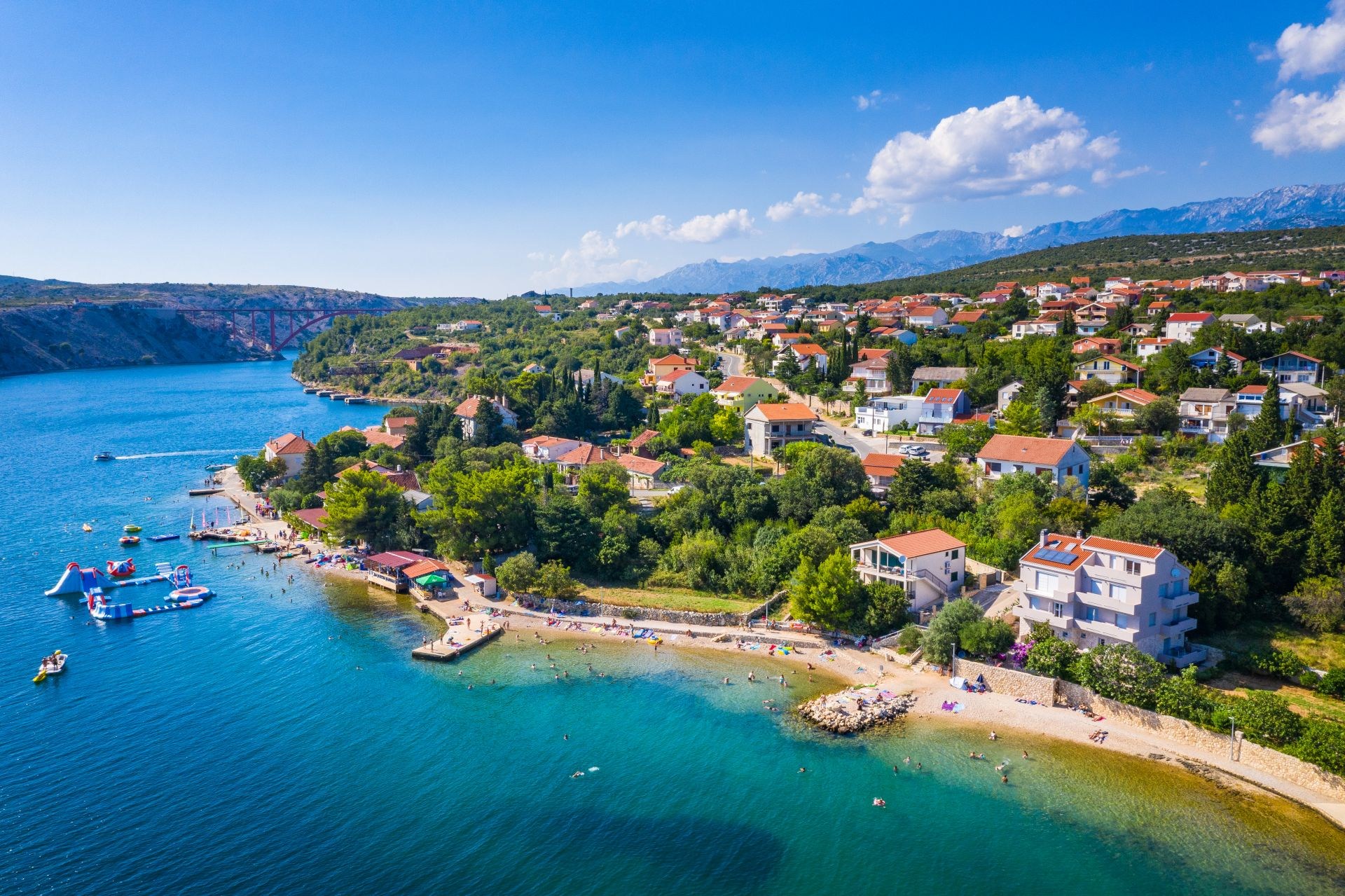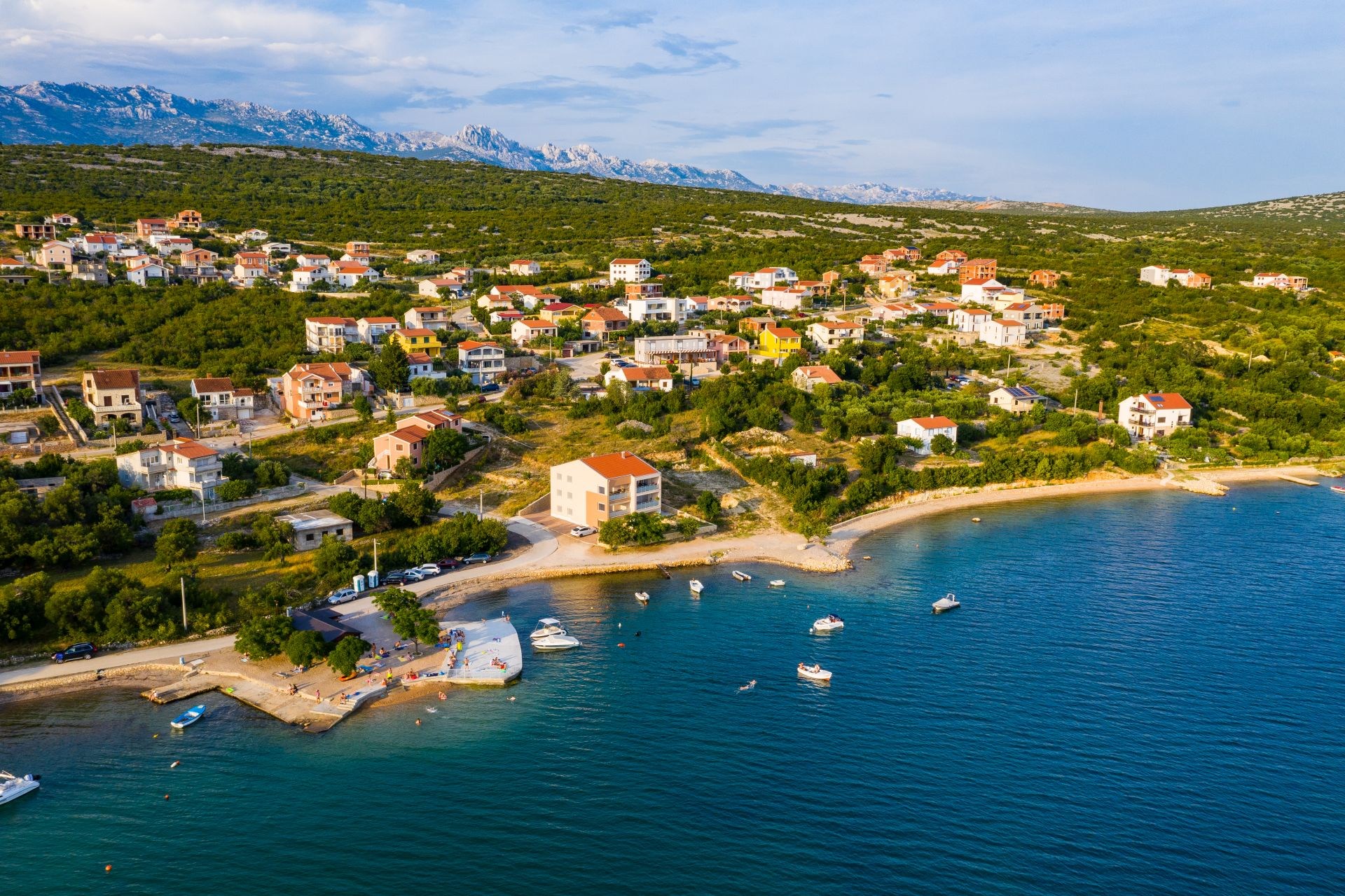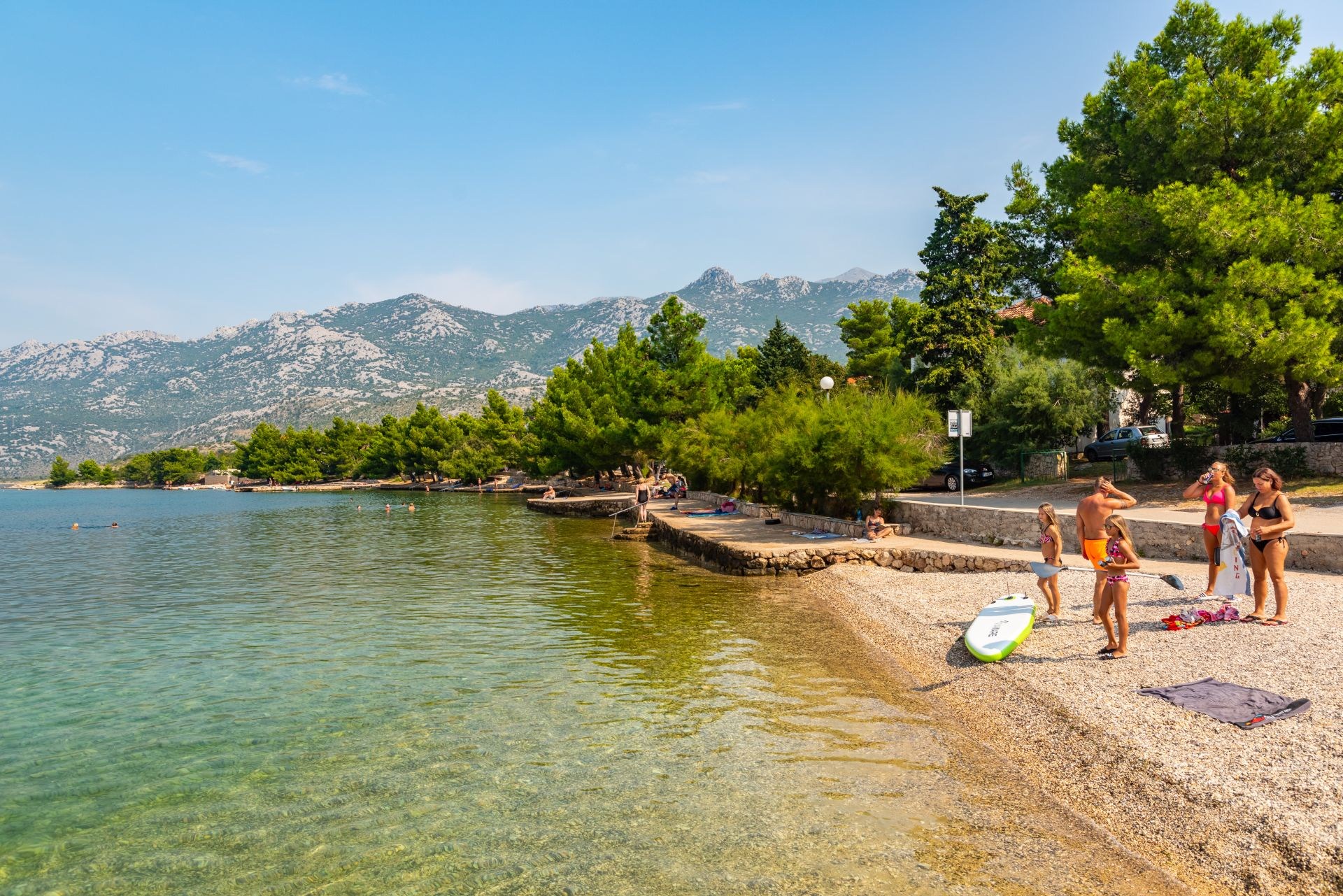Super User
Modrič Cave
Modrič Cave was accidentally discovered in 1980, although its location is relatively close to the Jadranska magistrala road, at only 29 metres above the sea level.
Existing geomorphological, archaeological and speleological explorations tell us about the cave’s natural and scientific value. Some 800 metres of this cave give a special experience of the underground world: completely untouched nature, no concrete paved trails, no spotlights or mass tourist groups. The cave has an indented shape, distinctive for alternate sequencing of narrow stalagmite slits and bigger spacious halls in two directions. It is decorated with extraordinary precipitated calcite forms. You’ll find yourself surrounded by the world of stalactites, stalagmites, imaginative pillar forms alike jelly-fish, cuttlefish, Red queen … whatever your imagination allows you to think. The interior of the cave is easy to walk because the channels have enough height and width for passage, but without an expert guide and specific equipment, it is not possible to explore the cave.
Tulove Grede
Tulove Grede (Tulo, Tulovice) are the peculiar karst phenomena on Velebit. They are located in the Velebit Nature Park.
Tulove Grede is an exposed rocky ridge composed of many steep limestone cliffs, about 1 km long. Many legends and folktales are related to those cliffs. There, dragons laid eggs and Velebit fairies lived in them. The third mythological being that many believed to have lived there is a Black Queen who brought misfortune. The mountain pass Kraljičina vrata (Queen’s door) was named after this queen from legend. Its imposing look and feeling of awe caused once you see it will help you understand why there are so many legends and stories connected to this area.
The Church of St. Jerome Jasenice
The church of St. Jerome was built in 1874, at the same location where it used to be a parish church of Holy Trinity.
In Croatian War of Independence, on the feast of St Jerome’s in 1991, the church was blown up.
After the end of the war and the return of the inhabitants to the Municipality, the church was gradually renovated.
Church of St. Francis – Podprag
Stands on a hillside of the Velebit Mountain, beneath Tulove Grede. It was built by the Austrian emperor Francis I in 1832, in memory of a newly built road that connected south and north Croatia over the karst Velebit Mountain.
The most beautiful church decoration was the altar painting of St. Francis shows Assisi beggar receiving the stigmata from Christ.
Today the painting is exhibited in the Museum of Fine Arts in Split.
Church of St. George – Rovanjska
The church is in Rovanjska (in Rawna) located very close to the waterfront. It has preserved the original form of half-cross with a specific cupola in an oval shape and barrel-vaulted ceiling.
The church is a real pearl of the pre-romanesque sacral architecture, imagined as a big sundial and calendar. The experts guess the time of its construction between the 9th and 11th century and they place it along the most important churches of this period such as the famous “Holly Cross” in Nin and St Pelegrin in Savar.
To construct something like this, more than a thousand years ago, anyhow represented an astonishing architectural project requiring significant knowledge in astronomy and mathematics.
Today the church of St George is a cultural – heritage monument (zero-category protected) of the Republic of Croatia.
KUD “Vila Velebita”
One of the crucial subjects in terms of valorisation of cultural resources in the area of Jasenice Municipality is the Culture and Arts Society “Vila Velebita”, (named hereafter: KUD) founded in 2002, has 15 members who actively participate in the work. KUD’s main goal has been to encourage and preserve folklore and ethnographic heritage of Jasenice Municipality as well as to cherish and promote original customs, language and tradition of Jasenice.
KUD actively participates in different national and international manifestations. Its collaboration with the National museum in Zadar (Ethnological department) in particular can be highlighted. Together, they have organised embroidery workshops of the four-hook type which is traditional decorative embroidery of the Dinaric area of Northern Dalmatia.
Especially valuable heritage of Jasenice Municipality represents Folk costumes worn and promoted by KUD “Vila Velebita” during its performances. For the needs of the “Renewing the Heritage – reconstructed folk costumes show” event, by participating in 2014, reconstructed traditional costume was promoted. Reconstruction was realized in collaboration with the Ethnological department of the National museum from Zadar, where the original folk costume examples are being kept. Every year, KUD organizes evening of folklore with a name “Velebite ne daj magli na se”
(Velebit Mountain, don’t let the fog in) which became a popular traditional event.
Majstorska road
Through the territory of Jasenice Municipality goes a 24 kilometre long section of Majstorska road (total length is 41 km), representing a significant resource of architectural and historical heritage.
Majstorska road is a unique panoramic road presenting a trans-Velebit road, or connection between St. Rok in Lika with Obrovac in Dalmatia. It was inaugurated on October 4th in 1832. Significance of this road was reflected by post and goods exchange made possible by it.
At the time when this road was built its construction represented a distinctive step forward because of building techniques in difficult conditions, so the name of the road derives from German word “Meisterstück” which means Masterpiece.




